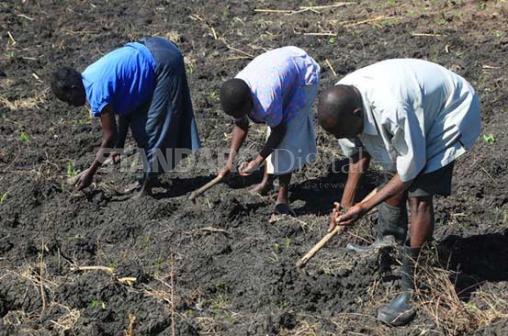×
The Standard e-Paper
Fearless, Trusted News

The dry spell is almost over, farmers will be going back to the fields. The fact that many farmers have only weekends to get to the field, a little advance work can make farming this year easier. Today I will list what you should have ready by the time of planting.
Conduct a soil test